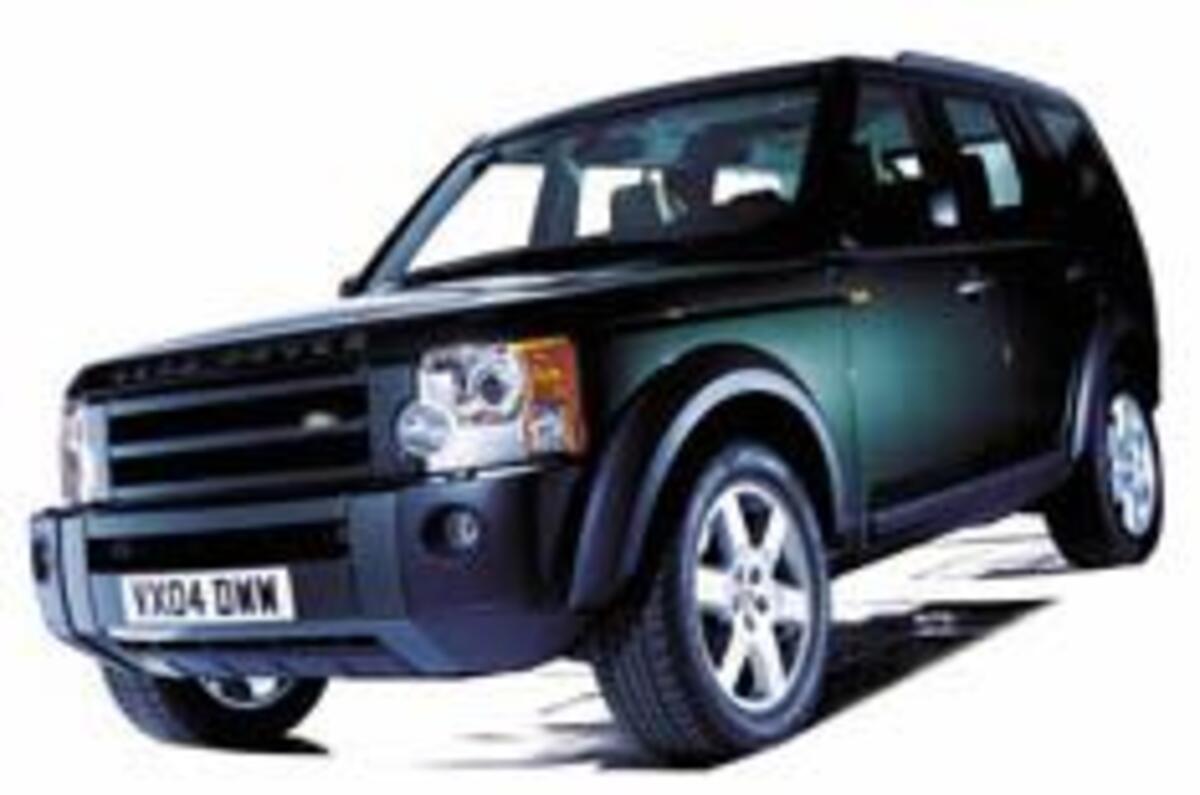Land Rover this week unveils its all-new Discovery off-roader, first of a brilliant new family of Solihull-built models which will eventually encompass the Defender, Range Rover Sport and the existing Range Rover’s replacement.
As revealed in our exclusive gallery pictures, the new Disco, Land Rover’s first model to use the new T5 platform, is both far better built and more efficiently packaged than its predecessor, which was launched at the 1988 NEC show, and has roots reaching back to 1970.
According to managing director Matthew Taylor, the new Discovery is designed to dominate the sector it helped invent. Its task is to maintain the versatile, family-friendly spirit of the original Discovery, while introducing new technology to broaden the model’s appeal.
Land Rover is pushing the Discovery a little upmarket in its new guise, with launch prices starting at just under £29,000 and rising to £47k, keeping it separate from the £50k-plus Range Rover flagship.
Land Rover expects to start making cars in July, in time to meet a first-delivery schedule late in October.
Design
Discovery 3’s imposing, architectural shape is deliberately intended to emphasise its utility, according to Land Rover design chief Geoff Upex. It also stretches the cabin capacity.
The new shape cleverly echoes the old model’s stepped roof, adding to rear headroom, but the ‘Alpine light’ glazing in the rear roof has gone.
As a result of its extra size, the cabin has room for three rows of seats, each capable of carrying a full-size adult. Yet the Discovery is only about 10cm longer than the outgoing, cramped model, and still 10cm shorter than the Range Rover.
However, the wheelbase is a mighty 35.5cm longer than its predecessor’s, a layout that allows much better rear-door access and improved legroom for middle-row passengers. Second- and third-row seats fold into the floor, Zafira-style, giving the Discovery a huge, uncluttered load bay with class-leading carrying capacity.
Construction
The T5 platform introduces a new construction method which Land Rover calls an Integrated Body-frame. In essence, this places a self-supporting steel monocoque on top of a modern-design ladder chassis to provide a massively strong structure with the refinements (tight panel gaps, fine surface finish and excellent vibration suppression) of a modern monocoque.
The technique was first used on the Freelander, which also has a mono body atop a simple chassis frame, but the company says the Discovery 3 moves the technology on a long way.
All this strength and stiffness does nothing to save weight, however. The Disco weighs in at a cool 2400kg, around 150kg more than the outgoing model, itself no lightweight.
Engines
There will be two engines in the UK, both new to Land Rover. The petrol option will be a stroked, 4.4-litre version of the recently expanded all-aluminium 4.2-litre Jaguar V8, with many ancillaries shifted to the top of the engine for good access and better protection from off-roading damage. The engine produces a healthy 295bhp at 5500rpm, plus 314lb ft of torque at 4000rpm.




Add your comment